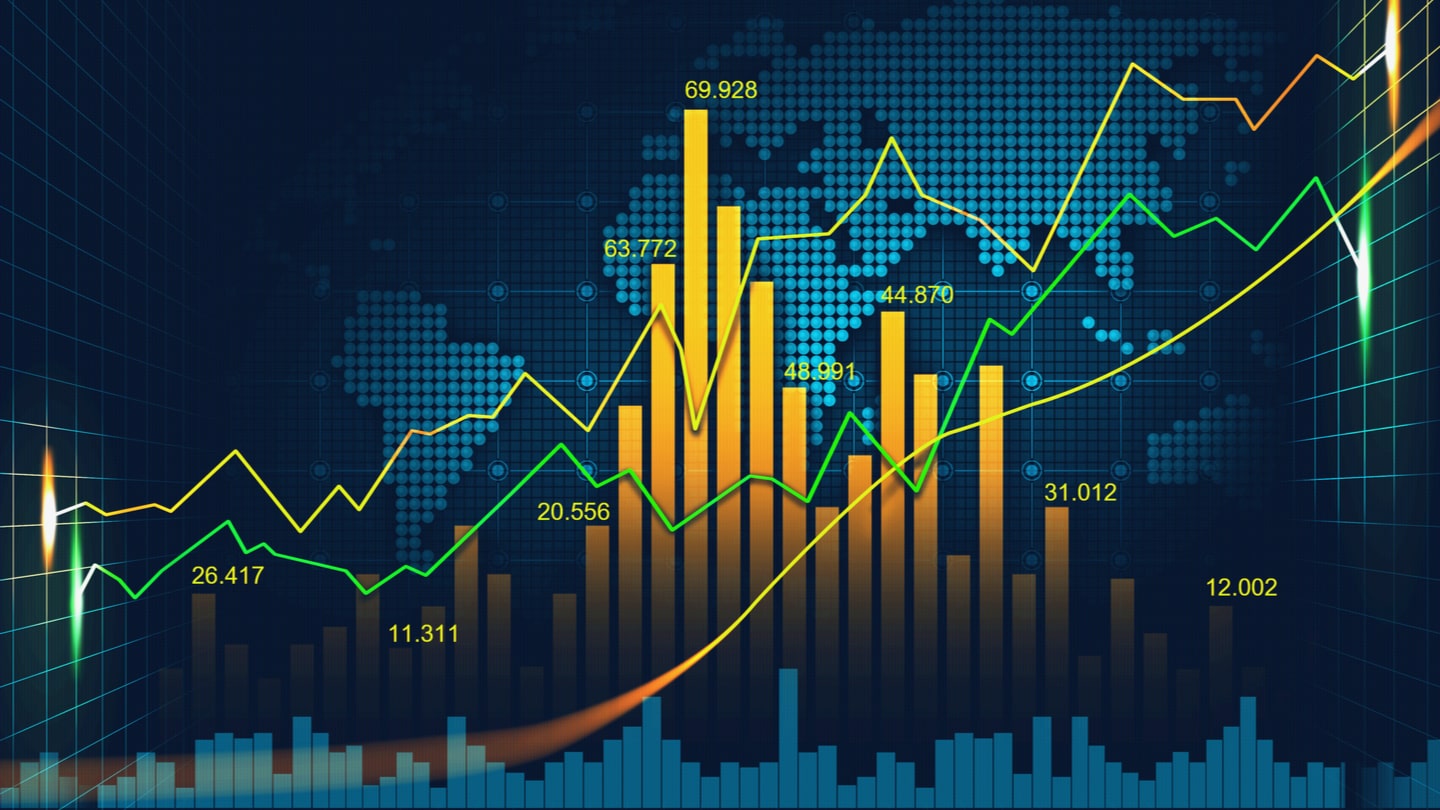Last week, EUR/USD printed a new 20-year low, largely down to a sharp rally in the US dollar. In late August, Jerome Powell strongly suggested the Federal Reserve will continue to hike interest rates to bring down inflation. Mr Powell warned that more “pain” is on the horizon, which suggested the central banker is cautious about lifting rate at a time when the US economy is cooling. Let us not forget, the US economy is in a technical recession, and typically technical recessions turn into actual recessions. The latest jobs report good but not great, 315,000 jobs were added, which topped the 295,000 forecast, but it was a big drop down from the 526,000 seen in the previous report. The unemployment rate ticked up from the two-year low of 3.5% to 3.7%. Last week, it was confirmed the US continuing claims report increased to a five-month high, and that points out that all is not well in the US labour market. Mr Powell reiterated his desire to keep tightening monetary policy “until the job” is done. In 2020 and 2021, the Fed put all their focus into supporting the economy and reducing the unemployment rate, which they did. As a result of the ultra-loose monetary policy, US CPI jumped to 40-year, and now the Fed is focused on lowering CPI. Since March, the Fed have lifted rates four times, in that period, rates were lifted by 200%. The Fed funds futures market is pricing-in a high probability of a 75-basis points rate hike at the next meeting. The bullish sentiment surrounding the US dollar was a large factor in EUR/USD falling to a 20-year low.
Last Friday, there was a major sell off in the US dollar as there was a broad risk-on mood in the markets, and dealers dumped the US dollar because lately it has been a popular safe-haven play. The European Central Bank lifted rates by 75-basis points last Thursday, and the bank increased its 2022 and 2023 CPI forecasts. Even though the ECB issued a hawkish update, it took a severe fall in the US dollar to push EUR/USD to 1.0100 – a three week high. CPI in the eurozone edged up to 9.1%, a fresh record high. This comes at a time when eurozone services and manufacturing sectors in contraction. Not only is the euro area suffering from rising costs and slowing growth, but it also has energy uncertainty hanging over the region. Germany and Italy are heavily dependent on Russian gas imports, and Moscow has already warned about potential tuning off the pipeline this winter. Whether that happens or not remains to be seen, but the uncertainty is enough to loom over the euro.
The long term trend for EUR/USD is lower, after all, it hit a 20-year low last week. While it holds below the 1.0200 mark, it is possible the longer-term bearish trend will continue. Should it break below the recent low of 0.9863, that could pave the way for 0.9800 to be targeted. The short-term trend is higher and while it remains above 0.9930 is possible the near-term rally will continue. A break above the 1.0200 zone could see it target 1.0368.
